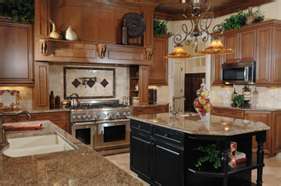Energy Efficient Windows
If you have an older home, you may find that your windows leak and let in cold air in the wintertime. Older windows can also be hard to open, dirty, warped, or inconvenient in other ways. The question is: are replacement windows worth it? Although windows can be costly, new windows will almost certainly reduce your energy bills and increase the comfort in your home.
How Windows Lose Energy: Unfortunately, no window is as energy efficient as a wall (which can be insulated). Older windows often do not have tight-fitting frames, which have sometimes become warped or damaged over time – letting outside air in. In addition, warmth and coldness can be transmitted directly through the glass itself – and when the sun shines through windows it can heat the interior of the house. Fortunately, newer windows have many features that help mitigate these disadvantages.
Gas Filled Windows: In between layers of glass in a window, the air itself can conduct heat or cold, so many manufacturers fill that space with viscous, slow-moving gas – usually argon or krypton – that reduces the amount of heat/cold which is conducted. This diminishes the transfer of heat/cold between the inside and outside of your house. The gases that manufacturers use are clear, nontoxic, nonreactive, and odorless, but they provide a significant improvement in the amount of insulation the windows provide.
Low-E Coatings: Low-emittance (Low-E) coatings are almost invisible layers of metal or metallic oxide that coat a window so as to decrease the heat that escapes through the glass. A lot of these Low-E coatings will permit visible light to be transmitted, but they will reflect long-wave infrared radiation. In colder climates, homeowners might prefer triple-glazed Low-E windows that have three layers of glass and two Low-E coatings. For climates that require both heavy heating and cooling, some Low-E glass is designed to reduce heat loss in winter and diminish heat gain in summer.
How to Choose a Window: First, look for a window that has the Energy Star label, meaning that it meets the government’s standards for energy efficiency. The National Fenestration Rating Council also provides a rating system that allows you to compare different kinds of windows and their label should be on every Energy Star rated window. There are many ways to rate windows including using the U factor (the measure of transfer of energy) and the R factor (the ability to contain energy). Many homeowners will look for the lowest U factor and highest R factor possible; however, your window needs will differ depending on your climate zone (you can research the recommendations for your climate at EnergyStar.gov). Windows are also rated on solar gain, visible transmittance, condensation resistance, and air leakage.
Materials: Wood is a classic choice and can look very nice, but wood windows are fairly expensive and require more maintenance than other options. Vinyl is often the most inexpensive option – while also being durable and a good insulator, although it may not do well in extreme cold or heat. Fiberglass is an expensive option, but out-performs almost any other material; it also works well with large panes of glass.





